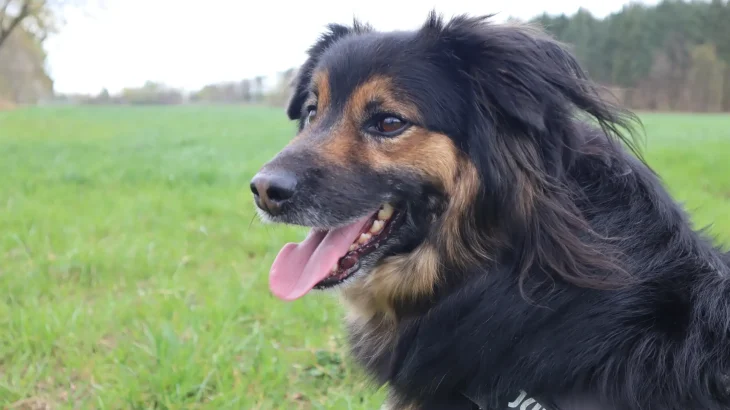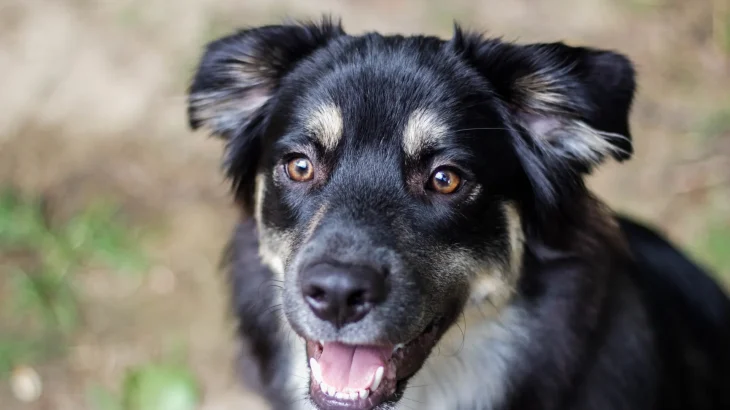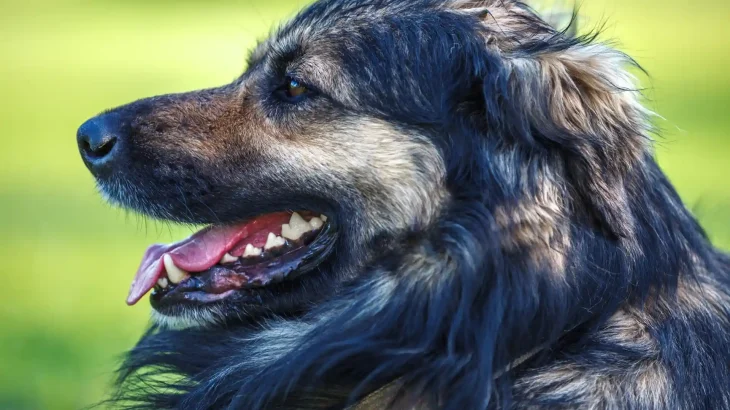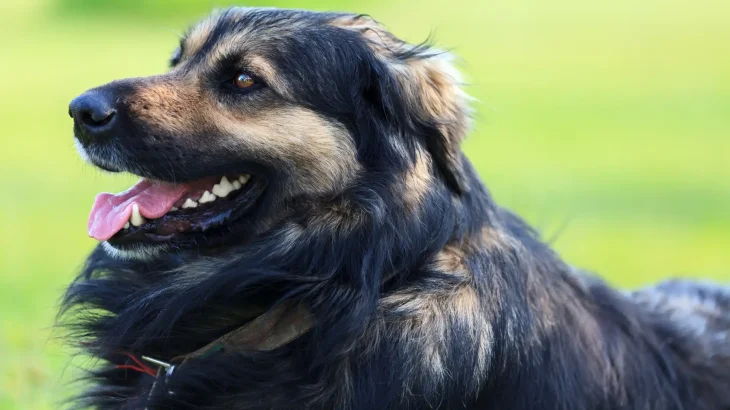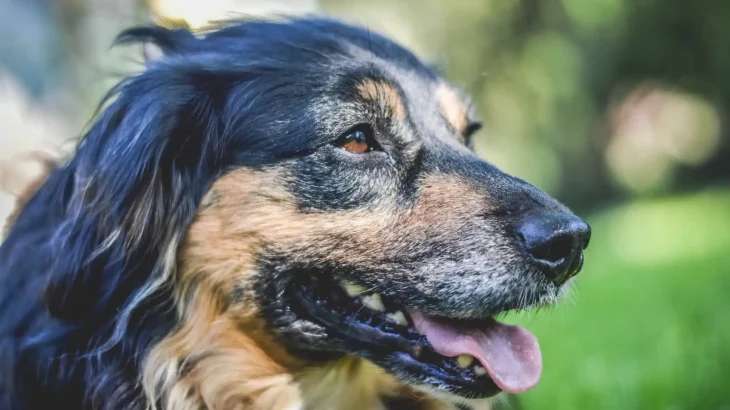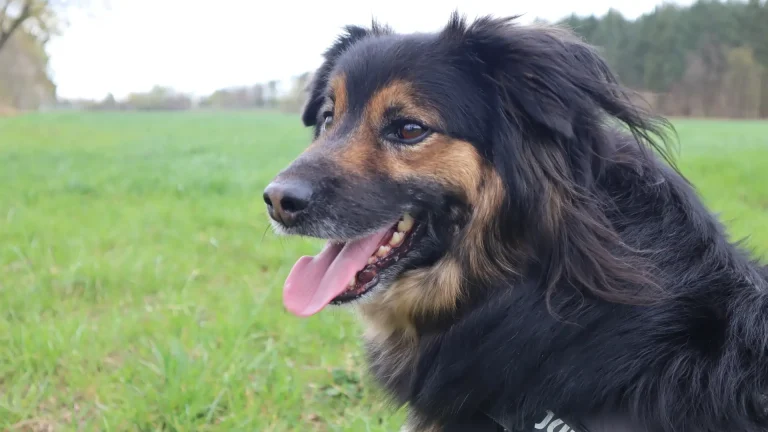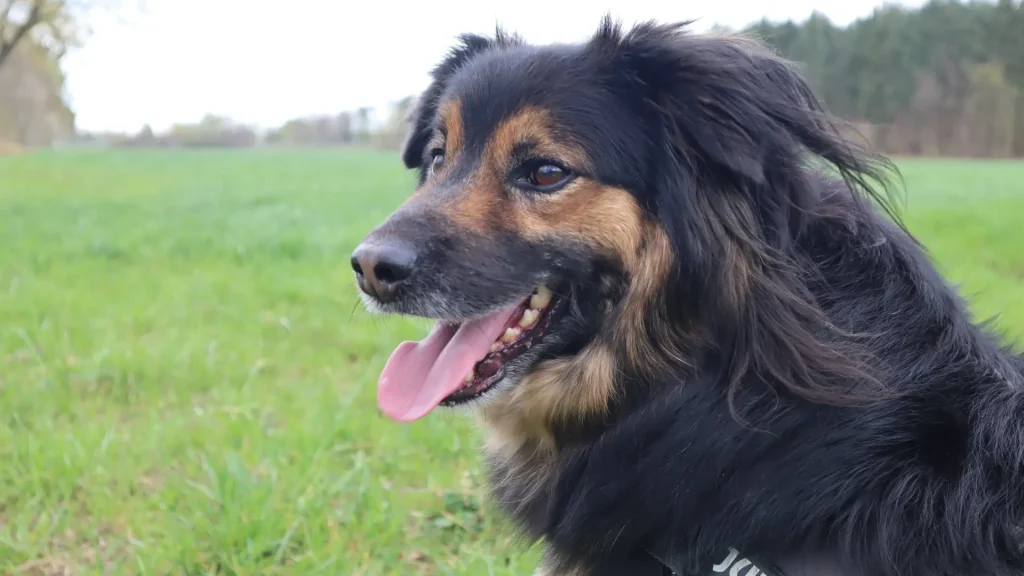Deciding between adopting or purchasing a Karst Shepherd puppy involves weighing factors like availability and health history due to the breed's limited population. While buying from a breeder can offer detailed information and pedigree assurances, adoption opportunities for this rare breed are currently scarce. Each option has unique pros and cons that prospective owners should consider carefully.
| Criteria | Buying from Breeder | Adopting from Shelter/Rescue |
|---|---|---|
| Cost | Usually higher due to breed rarity and thorough breeding practices. | Typically lower or minimal, but few Karst Shepherds available for adoption. |
| Health History | Comprehensive health records and screening often provided. | Health history may be limited or unknown; basic checks usually done. |
| Age Availability | Mostly puppies, allowing for socialization from an early age. | Wider age range possible, but Karst Shepherd puppies are rarely found for adoption. |
| Temperament Insight | Breeder can provide info based on lineage and early observation. | Shelter staff can share behavior insights, though may be limited with unknown backgrounds. |
| Supporting Practices | Supports controlled breed preservation and responsible breeding initiatives. | Supports animal welfare by providing homes to dogs in need, though rare for this breed. |
| Ethical Considerations | Important to verify ethical breeding standards to avoid health issues and inbreeding. | Promotes rescue efforts, but breed purity may be less certain. |

